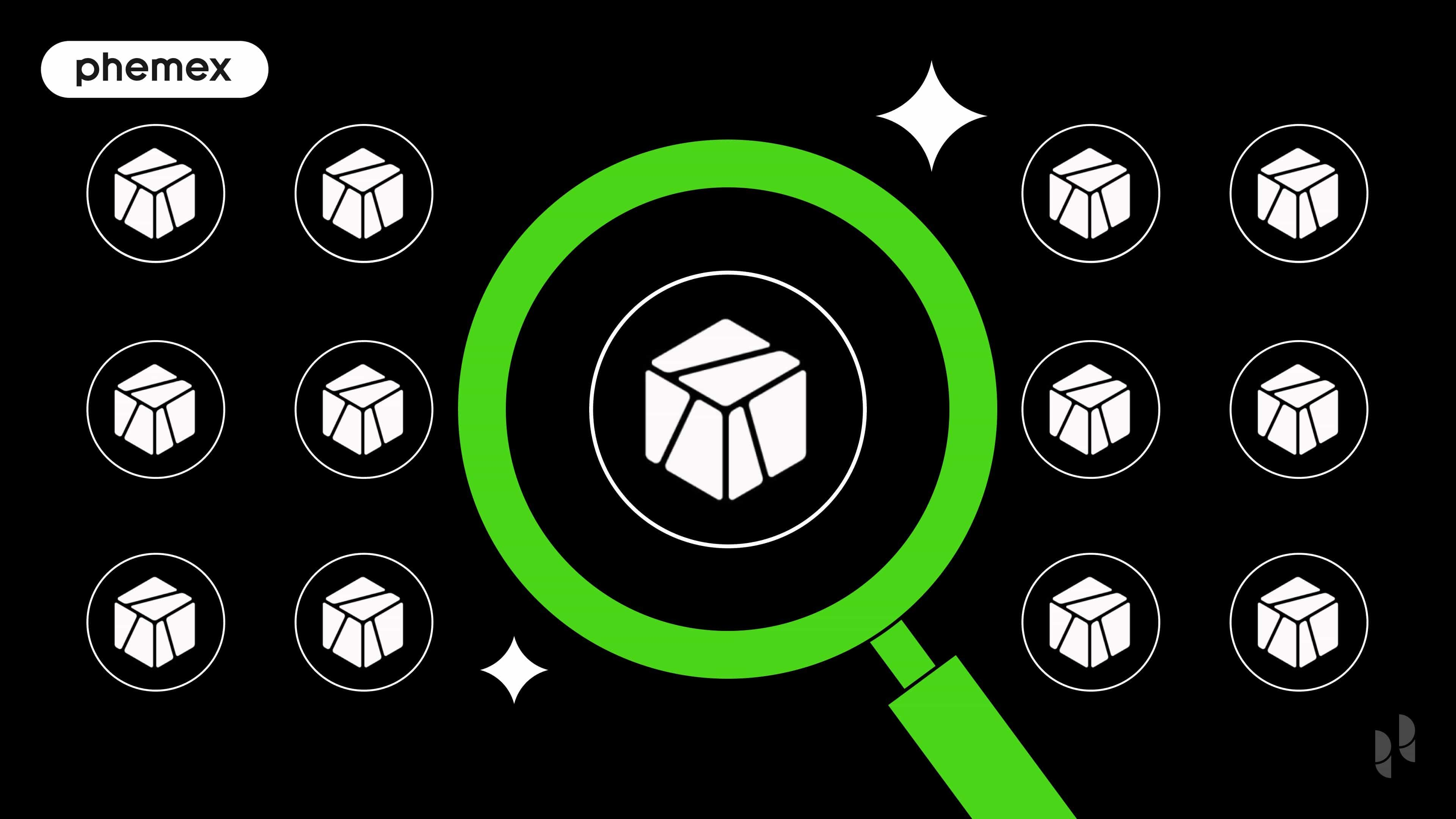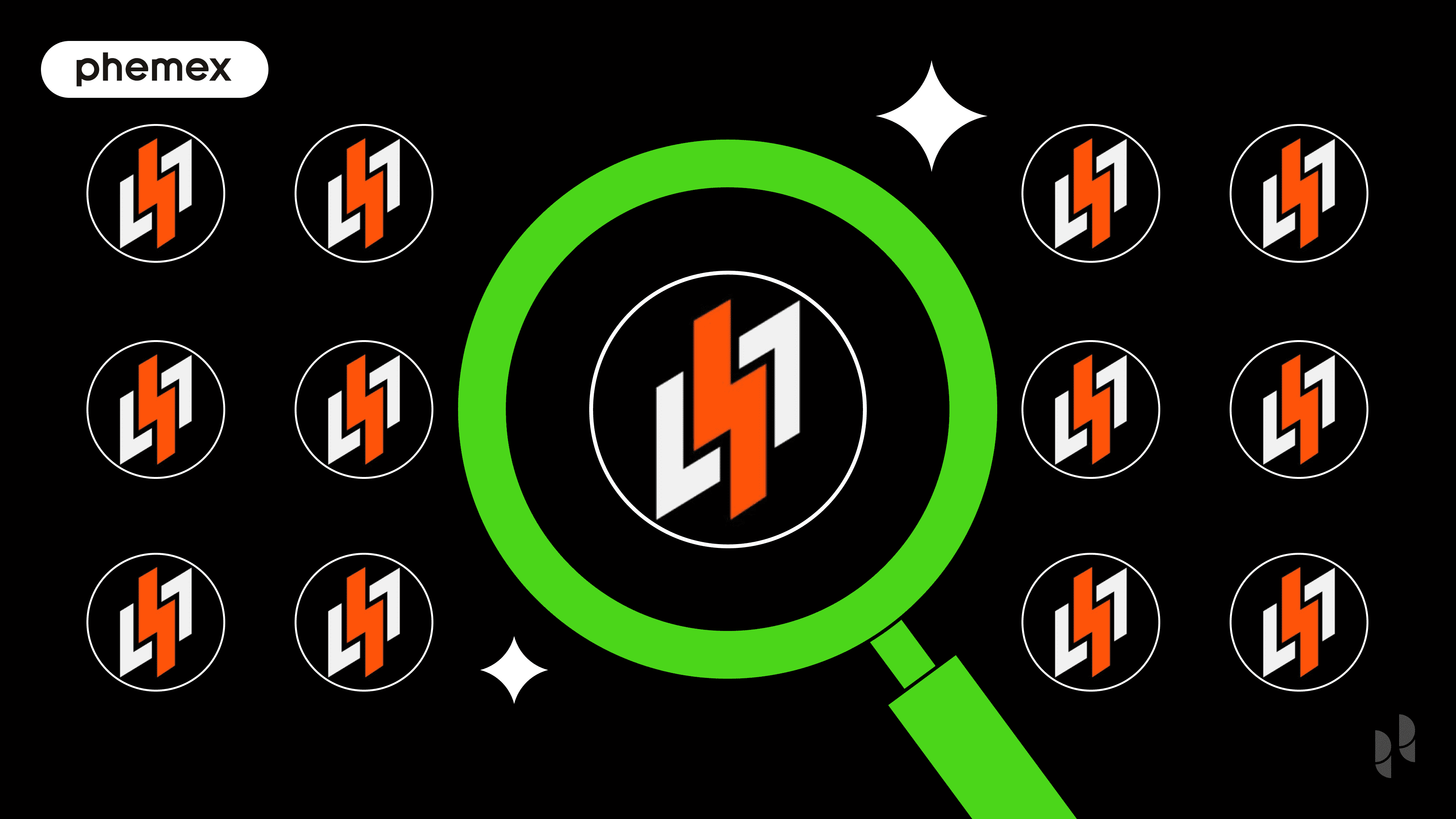Can One Layer 2 Deliver Both Speed and Modularity?As blockchain adoption accelerates, the infrastructure underpinning it is being put to the test. Legacy monolithic chains like Ethereum and Solana, while successful, face scalability ceilings. Congested networks, soaring gas fees, and delayed transaction finality remain barriers to seamless user experience.
Enter SOON (Solana Optimistic Network)—a Layer 2 solution designed to fuse Solana’s high-speed Sealevel Virtual Machine (SVM) with Ethereum’s rollup-inspired modularity. More than just another scalability solution, SOON signals a shift toward modular, multi-chain ecosystems that don’t compromise on performance. With its upcoming listing on Phemex, SOON is drawing attention across the Web3 landscape—from DeFi developers to GameFi builders.

What is SOON?Source:soo.network
Why Scalability and Modularity Matter in Web3
Legacy chains were built as monoliths—combining execution, consensus, and data availability into a single layer. While this design was initially efficient, it fails to scale under the pressure of global demand. Ethereum’s gas spikes during peak periods are a case in point.
Modular architecture addresses these issues by unbundling core blockchain functions:
-
Execution Layer: Focuses on speed and computation.
-
Consensus Layer: Ensures network security.
-
Data Availability (DA): Manages storage and state data.
This separation allows each layer to scale independently and adapt flexibly. It’s akin to microservices in software engineering—systems become more maintainable, robust, and composable. SOON adopts this philosophy, but with a twist: it brings Ethereum’s modularism into Solana’s performance arena.

High-Quality Application on Advanced Exception Layer and integrated Interface Layer,Source:Four Pillars
Solana’s SVM: Parallel Execution Powerhouse
At the core of SOON’s architecture is Solana’s SVM—arguably one of the most performant execution engines in the blockchain space. Unlike the Ethereum Virtual Machine (EVM), which processes transactions sequentially, SVM enables parallel execution. This allows thousands of smart contracts to run simultaneously, dramatically increasing throughput.

What is SVM?Source:Squads
Solana has demonstrated the ability to handle over 50,000 transactions per second (TPS) in optimal environments. For comparison, Ethereum averages around 15 TPS without rollups. SVM’s architecture uses a memory model that tracks read/write operations for each transaction, preventing state conflicts and enabling non-blocking parallelism.

EVM vs SVM,Source:Four Pillars
By inheriting this architecture, SOON gives developers access to an ultra-fast, low-latency execution environment that is ideal for applications requiring real-time interaction—such as decentralized games, NFT marketplaces, social apps, and DeFi platforms with high trading volume.

The SVM Ecosystem Landscape.Source:Anza
More importantly, Solana’s developer tools—including Rust-based programming and Solana Program Library (SPL)—are well-established. SOON Chains benefit from this mature tooling ecosystem, which shortens development cycles and lowers the barrier to entry for new builders. Additionally, developers can seamlessly port over Solana-based dApps to SOON Chains, taking advantage of improved scalability and flexibility.
Ethereum’s Influence: The Modular Blockchain Blueprint
Ethereum’s roadmap has gradually shifted toward a rollup-centric future, promoting a modular blockchain model. This approach delegates execution to Layer 2s while Ethereum acts as a secure settlement and consensus layer.
Optimistic and Zero-Knowledge (ZK) rollups exemplify this evolution. They execute transactions off-chain and batch results back to Ethereum, reducing load and increasing throughput. Furthermore, data availability layers like Celestia and Avail have emerged to address storage bottlenecks, allowing execution and consensus layers to scale without being overwhelmed.
These developments allow the Ethereum ecosystem to maintain decentralization and security while dramatically improving user experience. SOON embraces this modular thesis and adapts it to a high-speed execution context by applying similar rollup and DA concepts to a Solana-based framework.
The advantage here is that developers can now enjoy Ethereum’s best practices—such as permissionless deployment, modular services, and decentralized governance—combined with the raw performance of Solana.
Inside the SOON Stack: Modular Architecture Explained
SOON’s architecture is defined by the SOON Stack, a modular Layer 2 framework designed for scalability, composability, and cross-chain communication. The stack consists of three primary components:
-
Execution Layer: Based on Solana’s SVM, providing parallelized smart contract execution.
-
Settlement Layer: Inspired by Optimistic Rollups, allowing fast-finality and fraud-proof validations.
-
Data Availability Layer: Compatible with modular DA solutions such as Celestia and Avail.
This hybrid architecture provides:
-
High throughput and low latency suitable for high-performance apps
-
Flexibility for developers to launch their own app-chains (“SOON Chains”)
Shared security models and customizable parameters
Each SOON Chain can be optimized for specific use cases, whether it’s a DeFi protocol needing composability or a GameFi platform requiring sub-second response times. Chains are interoperable by default, fostering a network effect similar to that of a modular app store.

SOON Stack
What sets SOON apart is its ability to plug into multiple modular ecosystems while still maintaining execution performance at scale. It also paves the way for future innovations in private execution environments and zk-based fraud proofs.
Real-World Applications: Built for Adoption
SOON is built not just for experimentation but for real adoption. Its architecture supports a wide variety of use cases:
-
DeFi: With ultra-low latency and composability, SOON can support advanced trading platforms, lending protocols, and yield aggregators.
-
GameFi & NFTs: Instant feedback, seamless asset transfers, and scalable economies make SOON ideal for real-time games and NFT infrastructure.
-
SocialFi: Parallelized execution benefits social protocols that require constant state updates.
-
Cross-chain Infrastructure: SOON integrates with Wormhole to enable cross-chain swaps, messaging, and liquidity flow.

SOON Ecosystem
Additionally, SOON offers incentive structures such as builder grants and staking rewards to bootstrap ecosystem growth. Developers are rewarded not just for participation but also for performance—ensuring that the most impactful projects are well-supported.
Looking ahead, the team behind SOON plans to introduce governance features, performance analytics, and SDKs to support no-code and low-code deployment of new SOON Chains—lowering the entry barrier even further.
Long term, SOON may also introduce programmable token issuance, cross-chain MEV capture tools, and modular DA marketplaces—all of which position it as more than just a Layer 2, but as an extensible infrastructure layer for Web3.
SOON vs Solayer vs Sonic SVM: SVM Layer 2 Showdown
As the modular SVM narrative gains momentum, several projects are pushing to become the leading execution layer in this domain. Let’s explore how SOON stacks up against two notable competitors: Solayer and Sonic SVM.
|
Feature |
SOON |
Solayer |
Sonic SVM |
|
Execution Engine |
Solana SVM |
Hardware-accelerated SVM |
Optimized SVM for Web3 gaming |
|
Core Focus |
Cross-chain modularity |
High-frequency trading |
Gaming and social applications |
|
Architecture |
Hybrid (SVM + optimistic rollup) |
Custom hardware integration |
Mobile-first, low-latency design |
|
Ecosystem Strategy |
Community-first, open grants |
Institutionally backed |
Web2 onboarding, NFT integrations |
|
Governance Model |
Decentralized, token-based |
Foundation-led |
Hybrid (centralized onboarding) |
|
Developer Experience |
Solana-compatible, modular stack |
Custom SDK and tooling |
Plug-and-play Web3 SDK |
Takeaway: While Solayer focuses on raw speed and Sonic targets user experience in gaming, SOON uniquely balances developer accessibility, security, and interoperability. Its hybrid architecture and emphasis on community-driven growth set it apart as a holistic Layer 2 solution. SOON’s commitment to decentralization also ensures that governance and innovation are shared across its community, rather than dictated top-down.
How to Buy SOON on Phemex
SOON is preparing for its highly anticipated listing on Phemex, one of the fastest-growing crypto exchanges globally. Once listed, it will be available for both spot and derivatives trading, allowing users to engage with the token through various strategies—from long-term holding to short-term speculation.
Phemex users will benefit from:
-
Competitive trading fees
-
Advanced order types
-
Seamless UI/UX for both beginners and professionals
Additionally, early SOON adopters on Phemex may gain access to liquidity mining rewards, airdrops, and future staking programs that provide further yield opportunities.
Stay tuned to Phemex’s official announcements for listing updates, trading guides, and tutorials.
Conclusion:A New Layer 2 Paradigm
SOON is not just another Layer 2—it’s a strategic convergence of Solana’s high-speed execution and Ethereum’s modular philosophy, reimagined for the future of scalable, multi-chain ecosystems. With a robust technical foundation, active community incentives, and cross-chain interoperability, it provides everything builders and users need to thrive.
As the Layer 2 landscape becomes increasingly fragmented, SOON’s ability to integrate speed, flexibility, and decentralization may make it the bridge that unites ecosystems rather than isolating them.
Whether you're a developer building the next dApp, a trader eyeing emerging assets, or a protocol architect rethinking your stack—SOON offers a future where modularity meets velocity.








